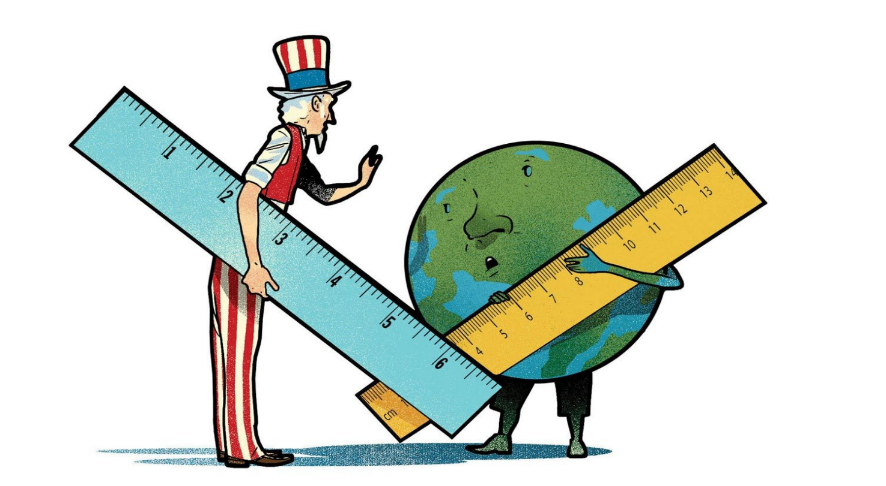Separately, a country on the planet employs its methods of measuring volume, weight, and amount; each has a particular system of measures. It is essential to conduct trade and exchange of goods successfully. Metric system vs imperial? However, the numerous challenges are that these systems do not coincide in different countries. For example, the United States borrowed a unique “English” system of measures from the British. Today, the US is the only country that employs it. Weight, volume, and amount of units have come down to us from time immemorial. When the ancient Romans enjoyed measuring length, they employed the length of the foot. The British still measure length in feet: one-foot equals 30.48 cm. An inch (2.5 cm) is equal to a finger’s width. The length of a yard (91.44 cm) is similar to an arm’s length. Long distances were measured in ancient Rome in steps: 2,000 steps later became equal to one mile, or 1,609 km. Of course, arm or stride length standards needed to be more precise. So, in Ancient Rome, a foot was measured in 200 different ways. And in America, during the time of the first settlers, other colonies had different units of measurement! X Today, the units of measure must be the same for all countries.
Therefore, the US Congress is given the power to establish uniform measures. In Washington, weight and length standards are kept at the Bureau of Standards. For example, there is a platinum block there, which is very carefully guarded. This block is the standard of length: the correctness of other units of measurement can be checked by comparing them with the standards in Washington. In the UK, a museum of units is located near London at the Greenwich Observatory. France adopted a multinational system for estimating length, weight, and volume in 1789. It was called ” the metric system”. Now, most governments operate it.
The main advantages of the Metric System – SI (SI)
- Unification of units of amounts. One unit is set for each quantity
- SI covers all areas of science
- Units of mass and force (weight) are demarcated
- One standard unit is established for all types of energy (mechanical, thermal, electrical, radiant, etc.). Therefore, there is no need for metric system conversion factors, such as the mechanical counterpart of heat, the thermal coefficient of work of electric current, etc.
- It simplifies the writing of equations and formulas in various fields of science. Significant period savings are achieved.
The metric system in science
Scientists profit from a shared measurement that permits them to share theories, thoughts, and, most notably, data so that everyone can comprehend, if not intuitively, quite efficiently. (Some compilations may remember when additional trademarks of Android phones had a unique USB charging cable instead of the generic variety available now. It’s a harsh metaphor, but most would decide that these differences in the drive have made the world a more convenient place for all Android users.)
It is only possible to understand any modern, data-rich research in the natural or physical sciences by directing to the metric system chart and being able to contextualize the numerals and units it contains. To ensure that your calculations are error-free, it is best to use the free online service OneConvert.
The metric system of measurement is founded on tens. This means that each subsequent unit of length is 10 times larger than the previous smaller one. Square and cubic measures determine area and volume according to length units. The unit of weight is the gram, corresponding to the weight of a cubic centimeter of pure water.
- A liter is a unit similar to a quart but slightly higher.
- A hectare containing 10,000 square meters is used as an acre but includes 2,471 acres.
The metric system units are more convenient than the established standard system because it is the same as the number system. Examples of metric and conventional standard equivalents: 1 foot = 0.305 meters, 1 inch = 2.54 cm, 1 mile = 1.609 km, 1 quart = 0.946 liters.
Just three countries on the planet do not employ the metric system
What countries use the metric system? The most famous of these countries is the United States, but only some people know that Myanmar and Liberia accompany them. Although the Americans hold on to their system with all their might and constantly emphasize that they do not intend to change it, the authorities of other countries need to be more categorical. In 2018, Liberia’s Minister of Trade and Industry said the government plans to introduce the metric system to facilitate accountability and transparency in trade.


